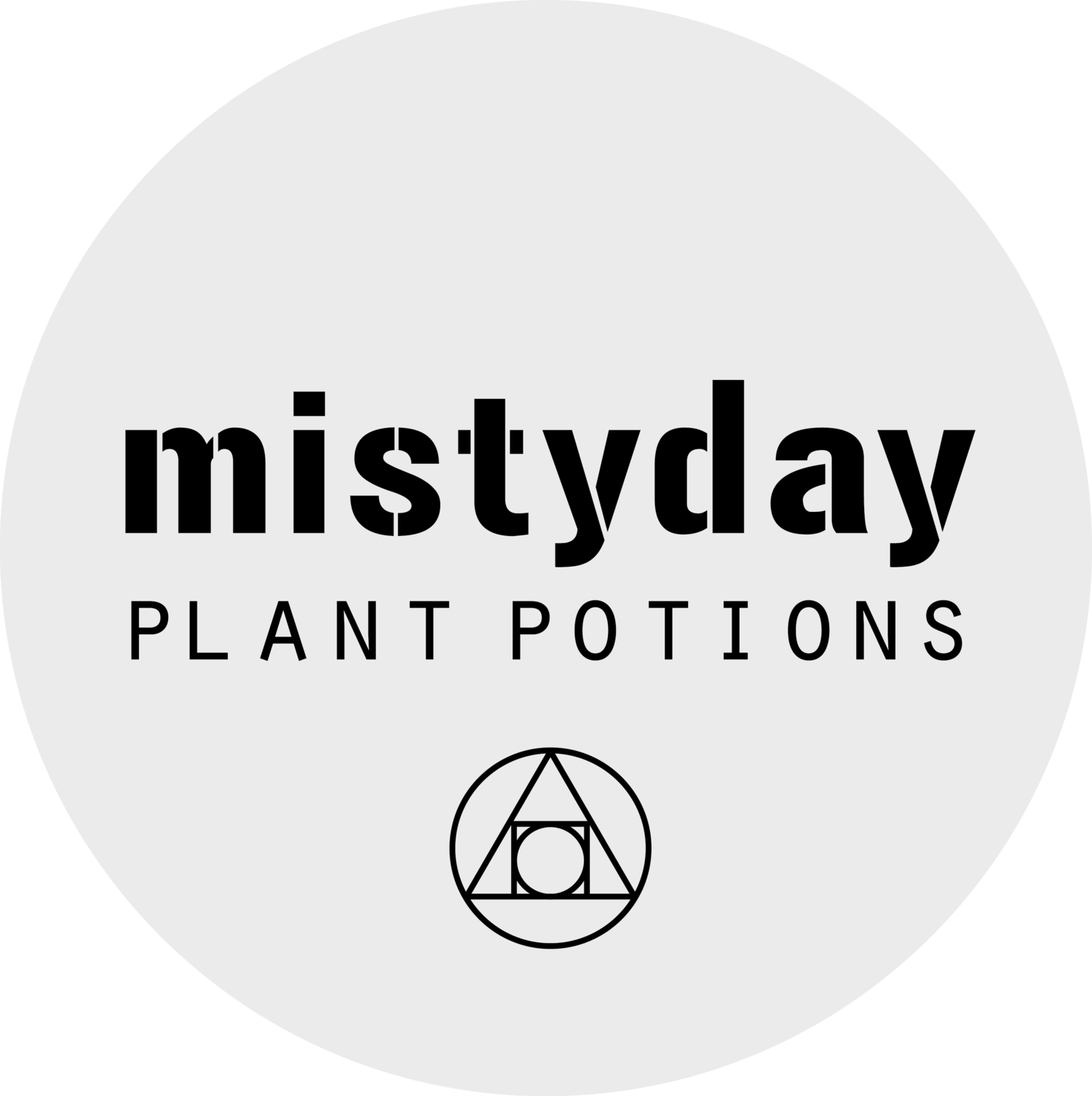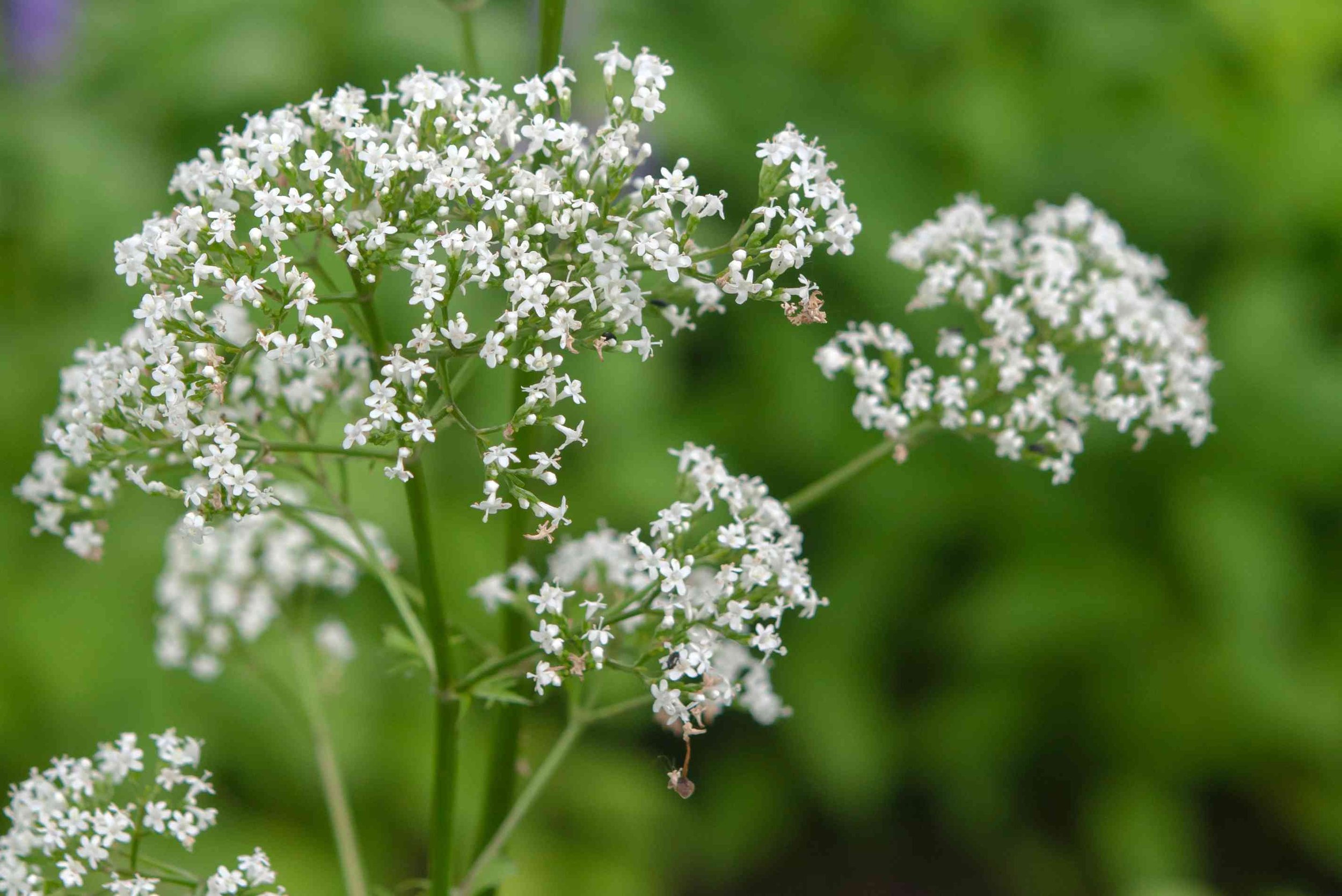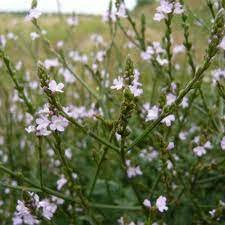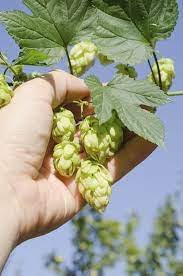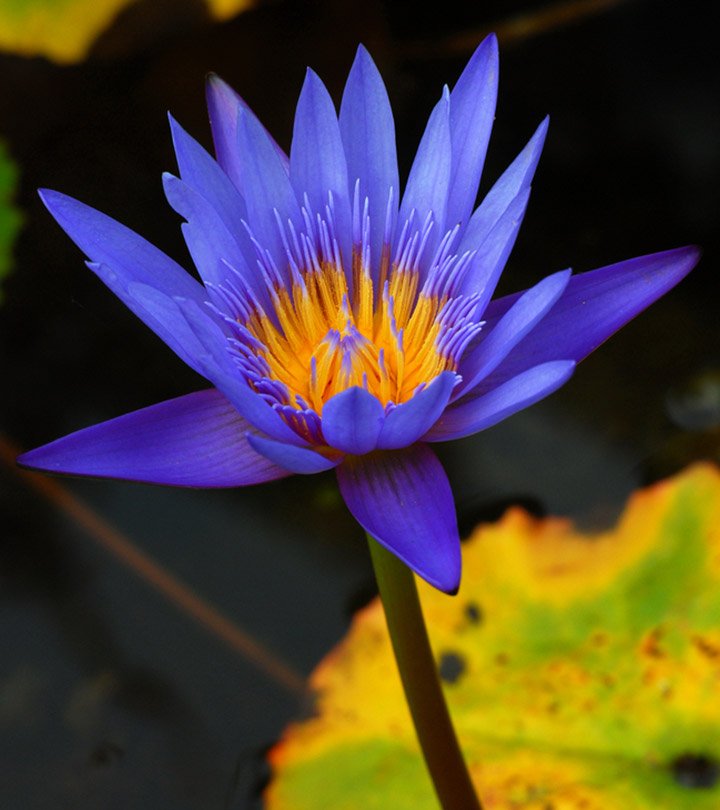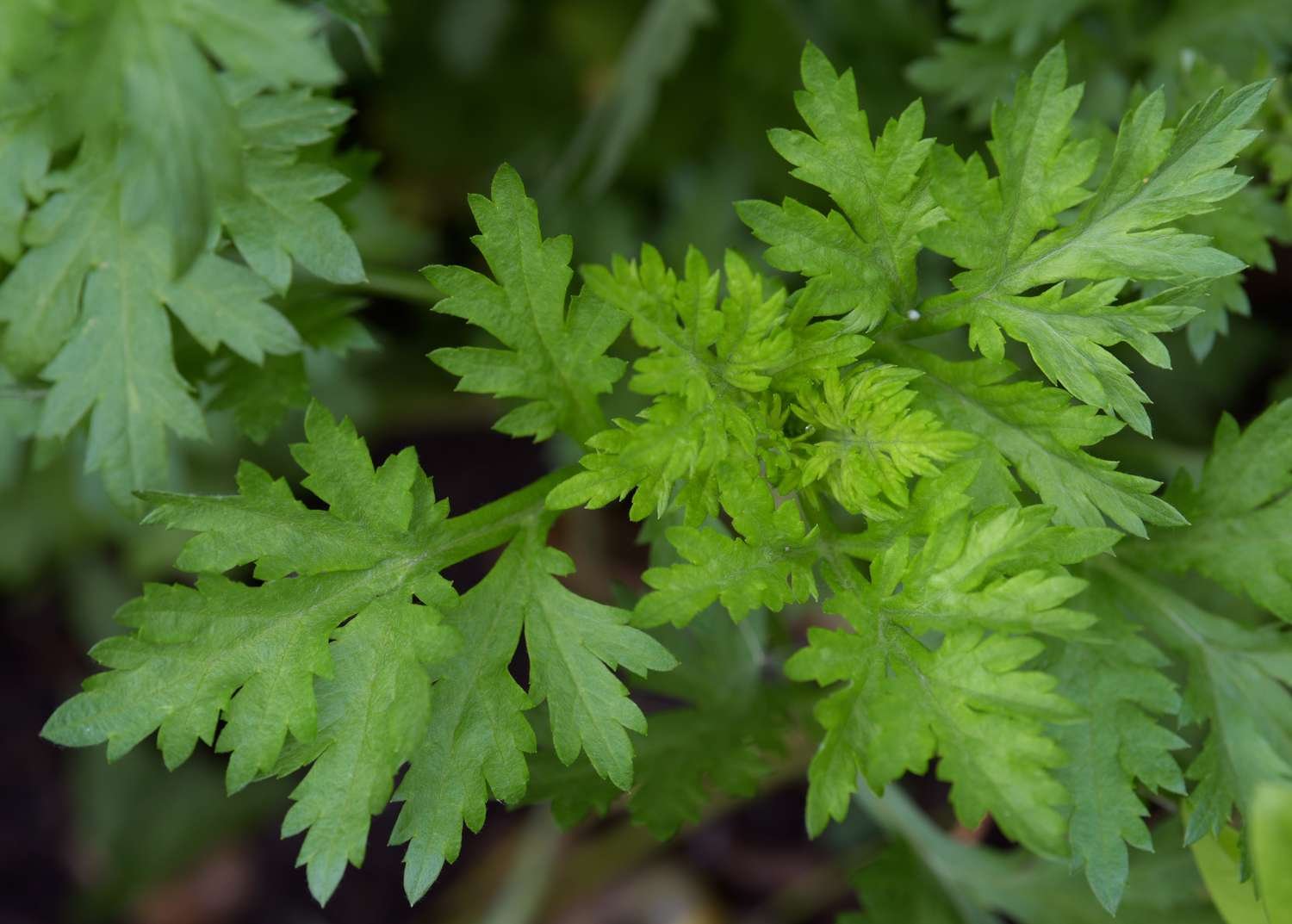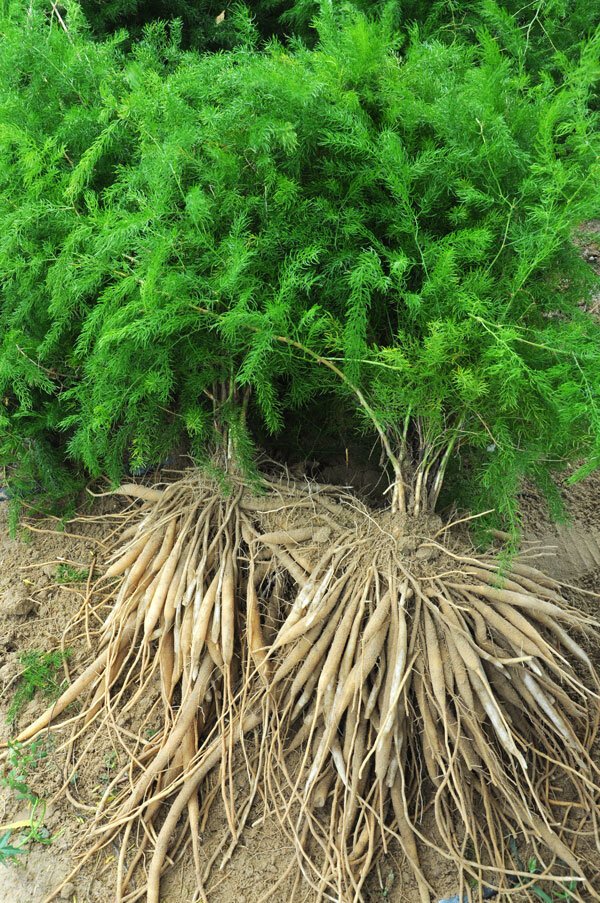WEaving DREAMS
Today, we're diving into the fascinating world of dream herbs - plants that have been used for centuries to enhance the vividness, recall, and lucidity of our dreams.
But first, let's talk about dreams themselves. From a scientific perspective, dreams are a natural part of the sleep cycle, occurring during the rapid eye movement (REM) phase. During this time, the brain is highly active, processing memories, emotions, and sensory input. Dreams are thought to serve a number of functions, including consolidating memories, processing emotions, and problem-solving.
But dreams have also held a mystical and spiritual significance throughout human history. In many cultures, dreams were believed to be a way to connect with the divine or to gain insight into one's own psyche. The ancient Egyptians, for example, believed that dreams were a way to communicate with the gods, while the Native American Iroquois people saw dreams as a way to receive guidance and healing from the spirit world.
Whatever your personal beliefs about dreams may be, it's clear that they hold a powerful and mysterious allure. And for those who are interested in exploring their dreams more deeply, dream herbs can be a powerful tool.
Let's take a closer look at some of the most popular dream herbs, their history and folklore, and the current scientific research around their potential benefits.
Shatavari
Shatavari is revered as the "Queen of Herbs" in Ayurvedic medicine, and its dream-enhancing properties are deeply rooted in ancient mystical traditions. According to traditional Indian folklore, shatavari was considered to be a sacred plant with powerful healing properties. The herb was believed to be closely associated with the divine feminine, and was often used in rituals and ceremonies to honor the goddesses. It was also believed that shatavari had the power to enhance dreams and provide guidance from the spirit realm. In Ayurvedic medicine, shatavari is often used to treat imbalances in the body and mind. The herb is believed to have a cooling and calming effect on the body, and is often used to treat conditions such as anxiety, stress, and insomnia. It is also believed that shatavari has the power to enhance dreams and provide spiritual guidance.
In some Native American cultures, shatavari is considered to be a powerful plant spirit with the ability to connect humans to the spirit realm. The herb is often used in shamanic rituals and ceremonies to help individuals connect with their spirit guides and receive messages from the divine. In Hindu mythology, shatavari is associated with the goddess Shakti, who is believed to embody the divine feminine energy of creation and transformation. The herb is often used in rituals and ceremonies dedicated to Shakti, and is believed to enhance the dream state and help individuals connect with their inner wisdom and intuition.
Shatavari's cooling and soothing effect on the mind and body creates a receptive state that opens the gateway to the subconscious realm, where vivid dreams and deep insights are waiting to be discovered. By promoting deep relaxation and reducing stress levels, shatavari helps to clear the path for the flow of vital energy, allowing dreamers to access higher states of consciousness and gain access to the hidden mysteries of the universe. Ultimately, shatavari's dream-enhancing power is a testament to the profound connection between the physical body and the vast, infinite realm of the mind and spirit.
Blue Lotus
Blue lotus, or Nymphaea caerulea, is a water lily that has been used in traditional medicine and spiritual practices in Egypt and other parts of Africa for thousands of years. It is believed to have a calming and sedative effect on the mind, making it easier to enter a relaxed state conducive to dreaming. Some people also report that blue lotus enhances the vividness and intensity of their dreams.
In ancient Egypt, the blue lotus was considered a sacred plant that symbolized the sun, rebirth, and spiritual enlightenment. It was often used in religious ceremonies, where it was believed to connect worshippers with the divine. In some depictions, the god Horus is shown wearing a blue lotus flower on his head, which represents his connection to the divine and his role as a symbol of spiritual awakening. In Hindu mythology, the blue lotus is associated with the god Vishnu, who is believed to have used the flower to enter into a state of deep meditation. According to legend, Vishnu would sit on a blue lotus flower while meditating, which would transport him to a state of higher consciousness and allow him to connect with the divine. In traditional Chinese medicine, the blue lotus is used to treat a variety of ailments, including insomnia, anxiety, and gastrointestinal issues. It is believed to have a calming effect on the body and mind, and is often used in conjunction with other herbs to create powerful healing remedies. In modern times, the blue lotus has gained popularity as a natural remedy for lucid dreaming and dream enhancement. Some people believe that consuming the flower can increase dream vividness and help induce lucid dreaming, allowing them to explore the dream world and gain insight into their subconscious mind. Some people also report that blue lotus enhances the vividness and intensity of their dreams.
Valerian
Valerian, or Valeriana officinalis, is a perennial flowering plant that has been used for centuries as a natural remedy for insomnia and anxiety. In ancient Greece and Rome, valerian was believed to have the power to induce prophetic dreams and connect the dreamer to the spirit realm. The plant was often used by oracles and seers to enhance their psychic abilities and gain insights into the future. In medieval Europe, valerian was often used as a protective herb against evil spirits and witches. The plant was believed to have the power to ward off malevolent forces and protect the sleeper from nightmares and demonic influences. In Native American cultures, valerian was used as a sacred plant in spiritual rituals and ceremonies. The herb was believed to have the power to connect the dreamer to the spirit realm and bring them closer to their ancestors and spiritual guides.It is believed to have a sedative effect on the mind, making it easier to fall asleep and stay asleep. Valerian is also thought to enhance the intensity and clarity of dreams, as well as promote a sense of lucidity and control while dreaming.
Vervain
Vervain has a long history of use in shamanic traditions for its ability to enhance dream experiences and facilitate spiritual connections. In many indigenous cultures, the plant is believed to have a powerful effect on the dream world, allowing dreamers to access the spirit realm and communicate with higher beings. Vervain has been used in various forms, including as a tea or inhaled as smoke, to help induce lucid dreams and improve dream recall. This herb's association with spiritual practice is deeply ingrained in its history, and it remains a potent tool for those seeking to explore the mysteries of the dream world and connect with the divine. In ancient Greece, it was believed that the goddess Venus used vervain to protect herself from the advances of the god Mars. As the story goes, Venus was trying to escape Mars' advances when she stumbled upon a patch of vervain. She plucked some of the leaves and placed them over her heart, which created a barrier that prevented Mars from reaching her. From that moment on, vervain became known as a symbol of love and protection. In Celtic folklore, vervain was considered a sacred herb that could ward off evil spirits and protect against witchcraft. It was often used in rituals to cleanse and purify sacred spaces, and was believed to have the power to dispel negative energy and promote healing. In traditional Native American cultures, vervain was used to induce powerful dream experiences and promote spiritual connection. The herb was believed to have a direct connection to the spirit realm, and was often used in vision quests and other rituals to gain insight and guidance from higher beings.
Hops
Hops, or Humulus lupulus, is a climbing plant that is most commonly known for its use in beer brewing. But hops also have a long history of use in traditional medicine as a natural sedative and sleep aid. In some Native American cultures, hops were used in spiritual rituals and dreamwork. The plant was believed to have the power to enhance spiritual awareness and facilitate communication with the spirit realm. It was often combined with other sacred herbs, such as sage and cedar, to create powerful incenses and smudge blends. In medieval Europe, hops were sometimes used as a protective charm against evil spirits and demons. The herb was believed to have the power to repel negative energies and ward off malevolent entities. It was often placed under the pillow or mattress to protect against nightmares and promote restful sleep. In some Celtic traditions, hops were associated with the goddess of the moon and the spirit realm. The plant was believed to have the power to enhance psychic abilities and facilitate communication with the spirit world. It was often used in divination rituals and dreamwork, and was sometimes placed on the altar as an offering to the goddess. In some shamanic traditions, hops were used as a visionary herb to facilitate journeying and astral travel. The plant was believed to have the power to open the gates of the spirit realm and allow the shaman to communicate with otherworldly beings. It was often combined with other sacred plants, such as ayahuasca and peyote, to create powerful visionary brews. In terms of dream enhancement, hops is believed to promote vivid and intense dreams, as well as enhance dream recall.
Mugwort
Mugwort, or Artemisia vulgaris, is an herb with a long history of use in traditional medicine and folklore. It is believed to have a calming and sedative effect on the mind, making it easier to fall asleep and stay asleep. In many cultures, mugwort has long been associated with dreaming and the spirit realm. In traditional Chinese medicine, mugwort is often used to treat insomnia and promote lucid dreaming. The herb is believed to have a strong connection to the spirit world, and is often used in rituals and ceremonies to connect with ancestors and other spiritual beings. In medieval Europe, mugwort was believed to offer protection against evil spirits and promote psychic abilities. It was often used as a talisman or amulet to ward off negative energy and enhance intuition. Some people even believed that mugwort could help to summon spirits or communicate with the dead. In Native American cultures, mugwort was used in smudging ceremonies to purify the body and connect with the spirit world. The herb was believed to have a strong connection to the earth and the natural world, and was often used in shamanic rituals to enhance spiritual awareness and healing. In modern times, mugwort is often used as a natural remedy for insomnia and other sleep disorders.
Aetheria DreamWeaver is my ode to the dream world and it invites you to journey into your subconscious, riding on the back of these magickal herbs…. Its designed to be used 1-3 times a week and make sure you keep a dream journal to capture the magick!
